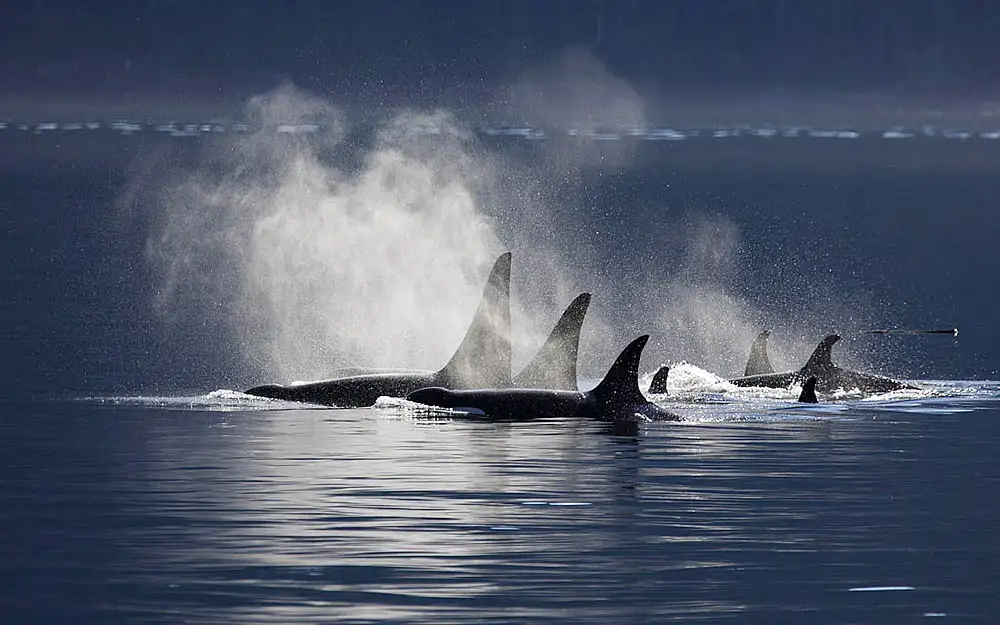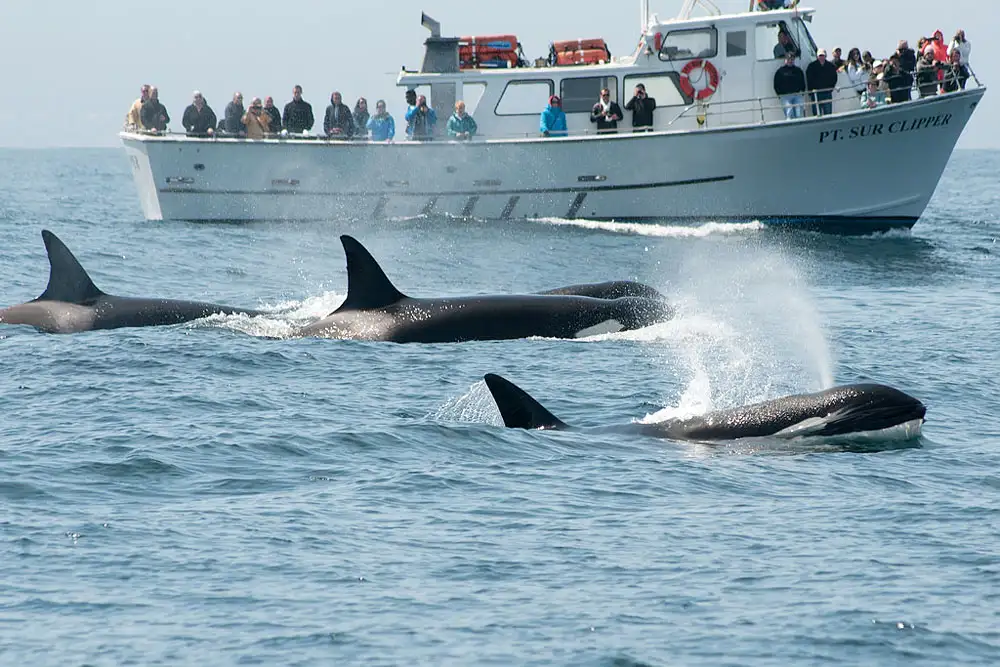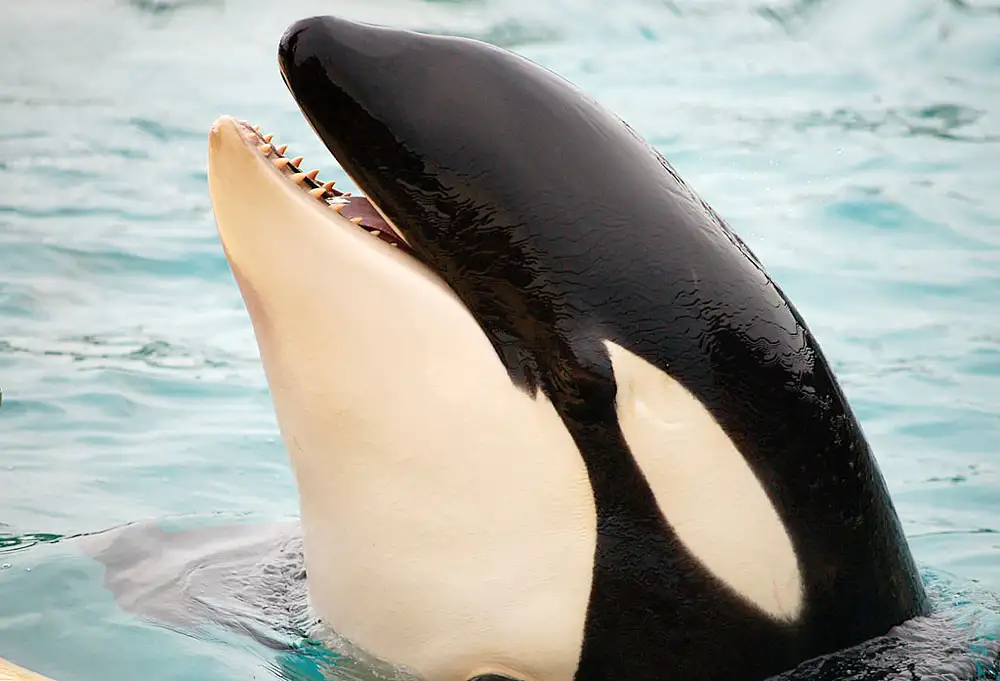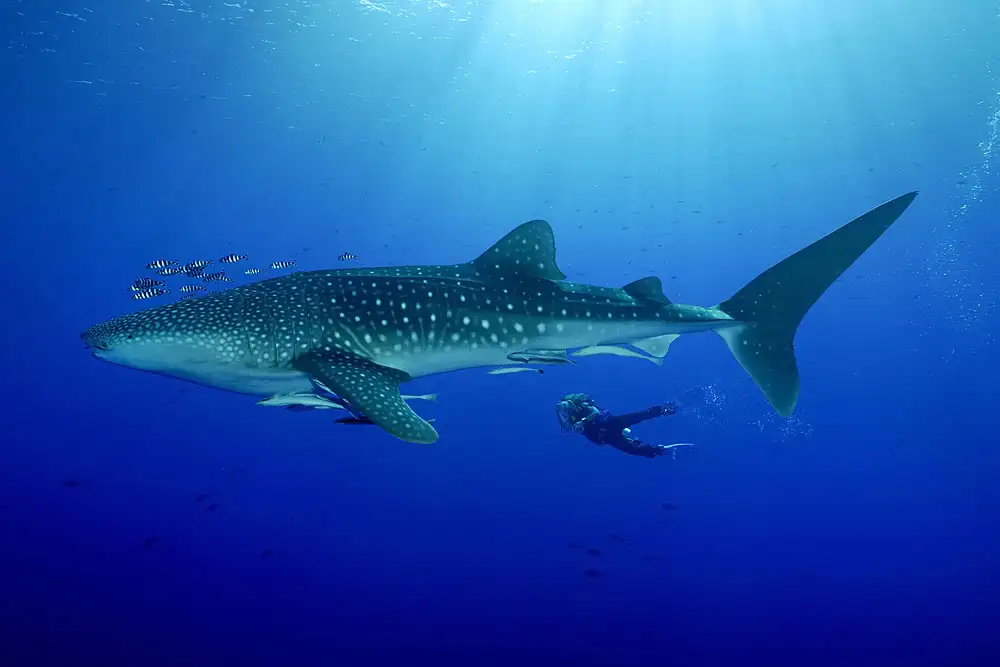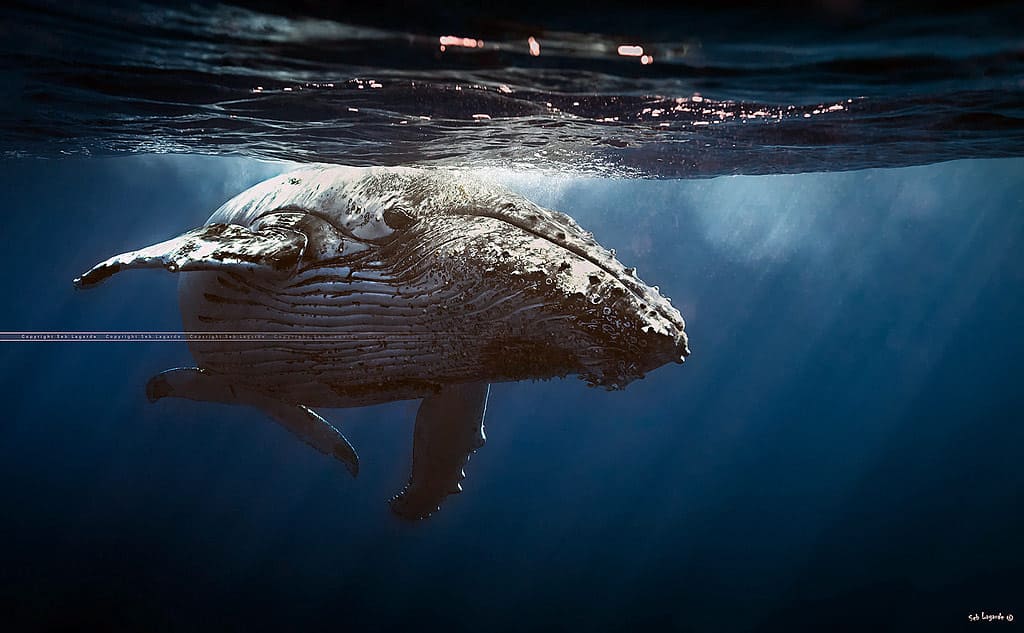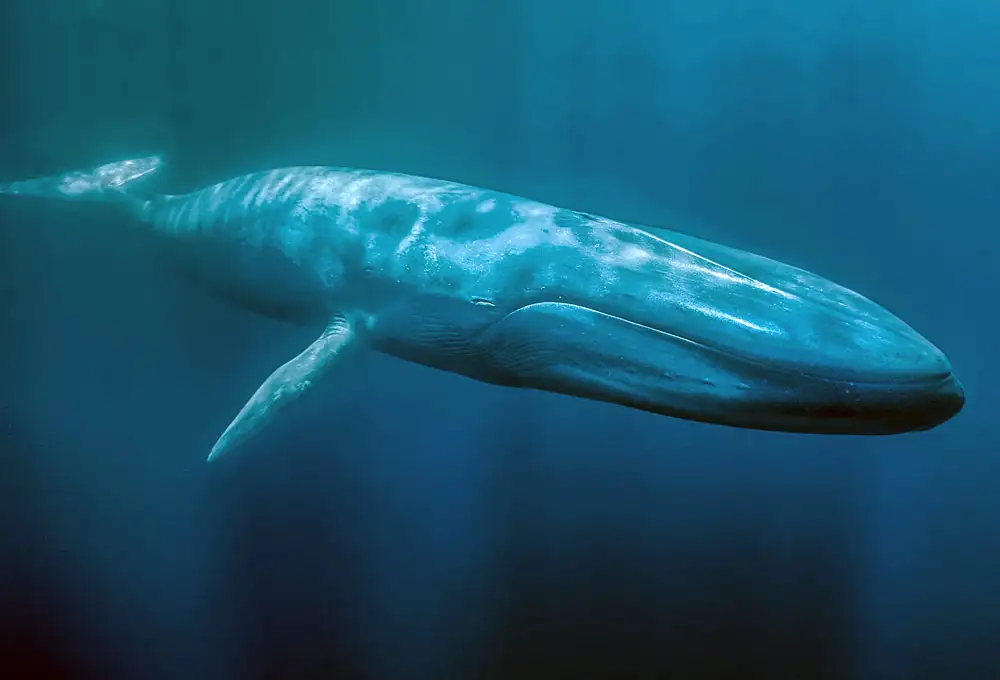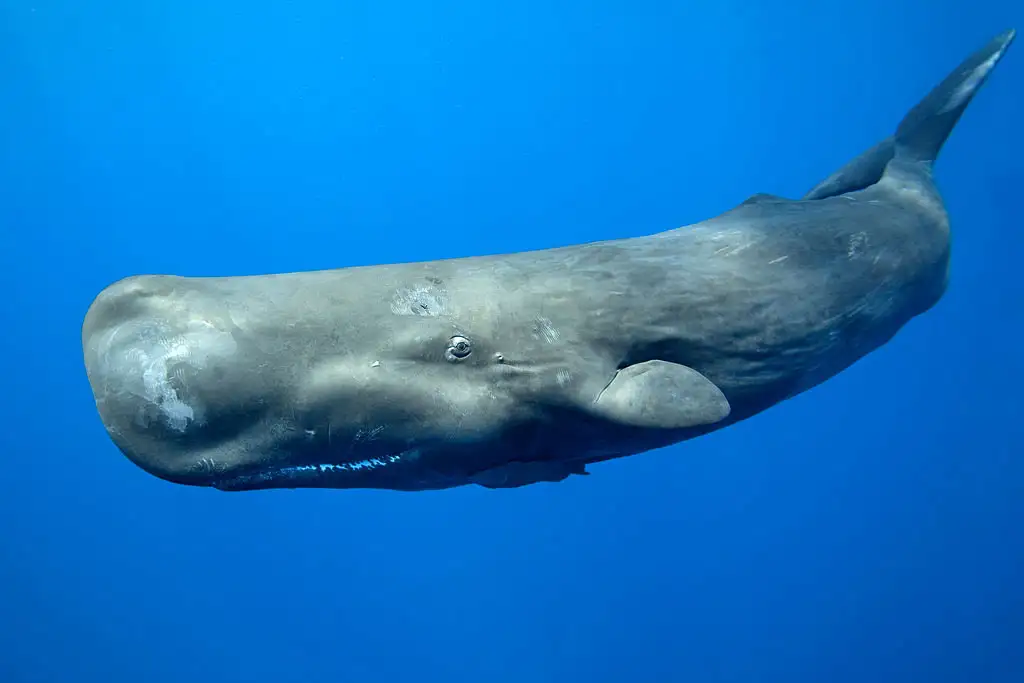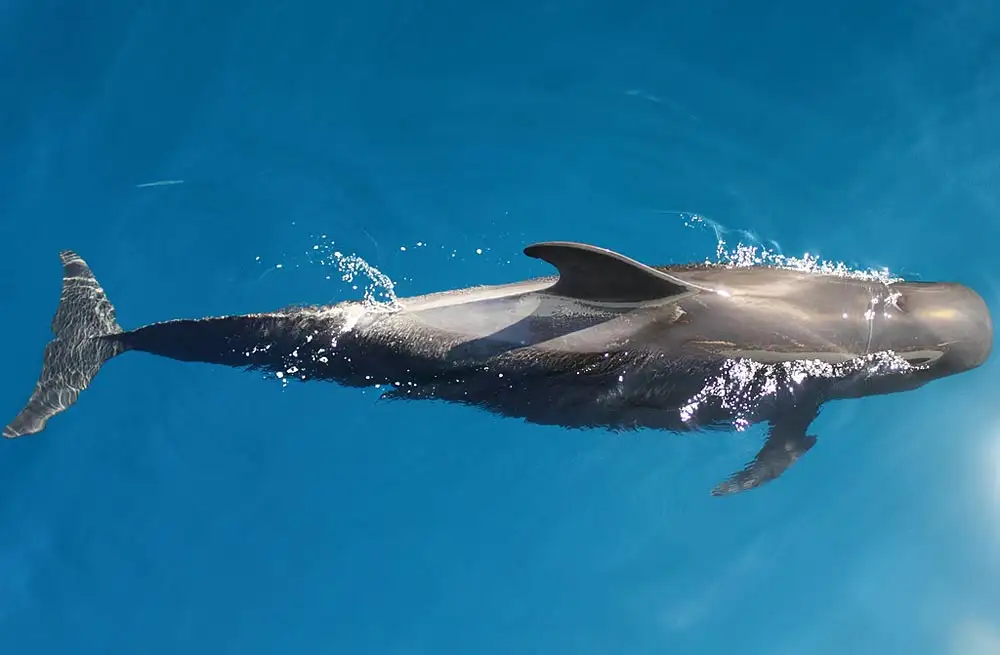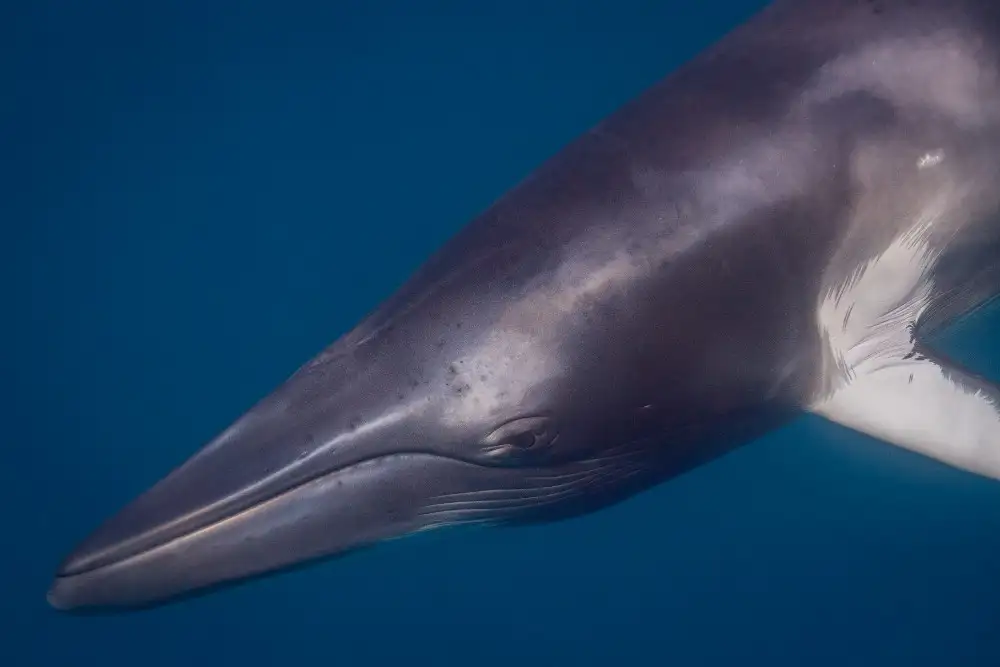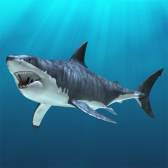Orca (Killer Whale)
IUCN
DDBasic Information
Scientific classification
- name:Orca (Killer Whale)
- Scientific Name:Orcinus orca
- Outline:Giant Fish
- Family:Delphinidae Orcinus
Vital signs
- length:Males 6–8 m; females 5–7 m (larger possible)
- Weight:Males 4–6 t; females 2–4 t
- lifetime:Females 60–80+ yrs; males 30–50 yrs
Feature
Apex predator; highly social; distinct ecotypes and dialects; cooperative hunting; strong cultural transmission.
Distribution and Habitat
Cosmopolitan—temperate to polar coasts, fjords, seamounts and upwelling zones; movements vary by ecotype.
Appearance
Black‑and‑white with pale saddle patch; adult males with tall triangular dorsal fin; curved fin in females/subadults.
Details
Orca (killer whale; Orcinus orca) is the largest delphinid and a cosmopolitan apex predator. Striking black‑and‑white coloration, males’ towering dorsal fin (up to ~1.8 m) and a pale saddle patch make it unmistakable. Multiple ecotypes differ in diet (fish‑eating vs. mammal‑eating), vocal “dialects,” hunting strategies and movement.
Ecology & Behaviour
Diets range from salmon/herring to seals, sea lions and even calves of baleen whales. Pods are matrilineal with cooperative hunting and cultural transmission (e.g., intentional stranding to grab seals, carousel feeding). Complex, stable repertoires of calls form group‑specific dialects.
Identification
Males 6–8 m (larger possible), females 5–7 m; males 4–6 t, females 2–4 t. Adult males have a tall, erect triangular dorsal fin, whereas females/subadults show a more curved fin. White eye patch and grey‑white saddle patch behind the fin.
Range & Habitat
Global oceans from polar to tropical, most common in temperate to high‑latitude coastal systems; also frequent over seamounts, upwellings and fjords. Ranging and seasonal movements vary by ecotype and prey.
Threats & Conservation
Prey depletion & fisheries interactions (specialist fish‑eating pods sensitive to target‑stock declines; entanglement/competition risks).
Noise & contaminants (shipping, sonar; bioaccumulating PCBs and other POPs).
Vessel strikes & disturbance in busy coastal waters and whale‑watching hotspots.
Actions: dynamic protection of key feeding/nursery areas, vessel‑speed management and quieter‑ship programs, pollutant reduction, and bycatch‑mitigation with fisheries.
FAQ
Q1. Are orcas dangerous to people?
Wild attacks are exceedingly rare; incidents have involved captive animals. Keep distance and follow whale‑watching guidelines.
Q2. What are ecotypes?
Distinct populations with consistent diets, vocal dialects, morphology and ranging; some may represent divergent lineages.
Q3. How long do they live?
Females commonly 60–80+ years; males 30–50 years, sometimes more.
Q4. IUCN status?
Global assessment is Data Deficient (DD) due to taxonomic/population uncertainty; regional statuses may differ.

